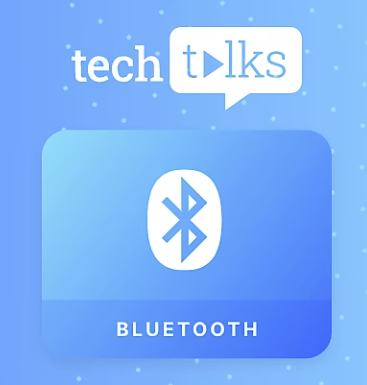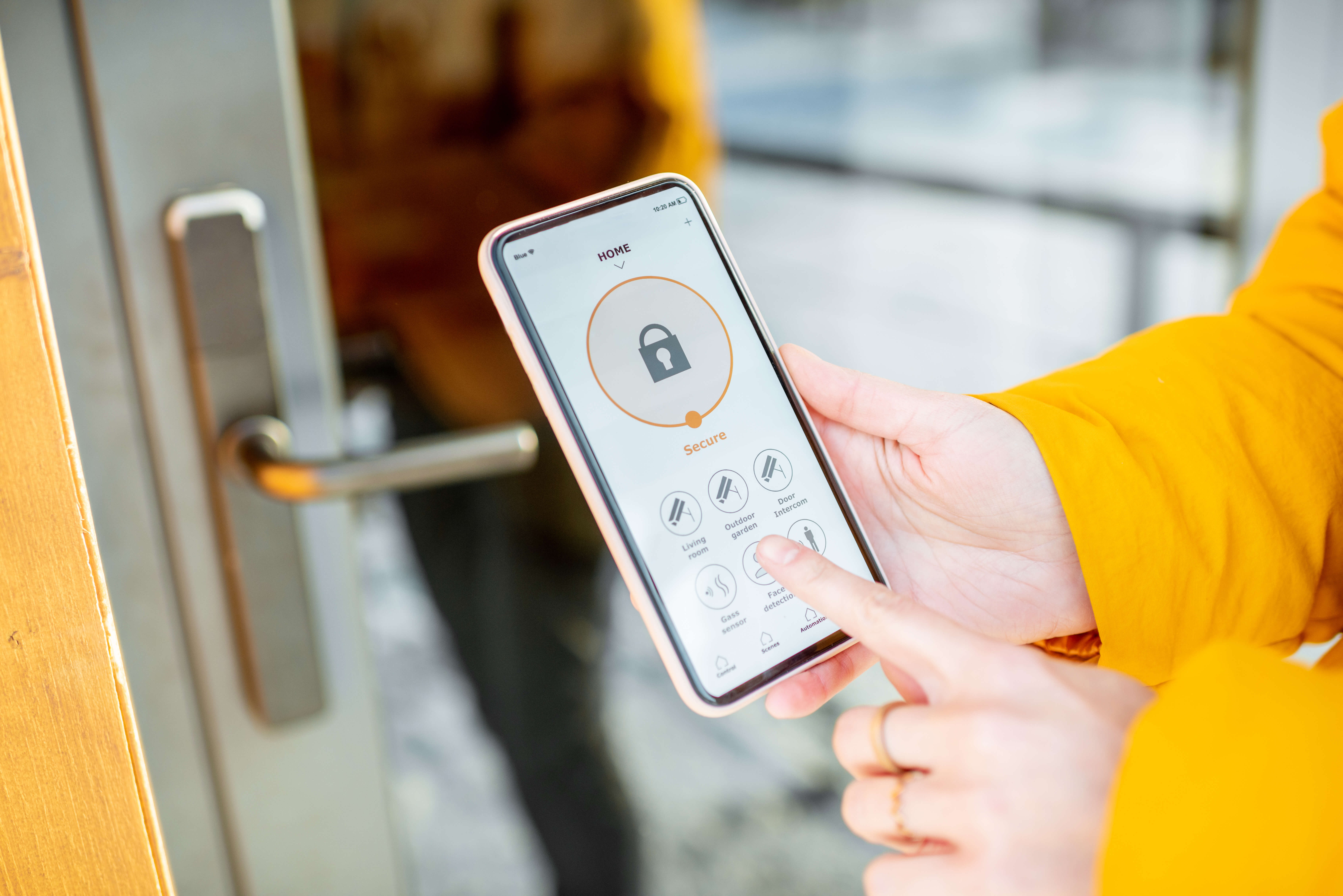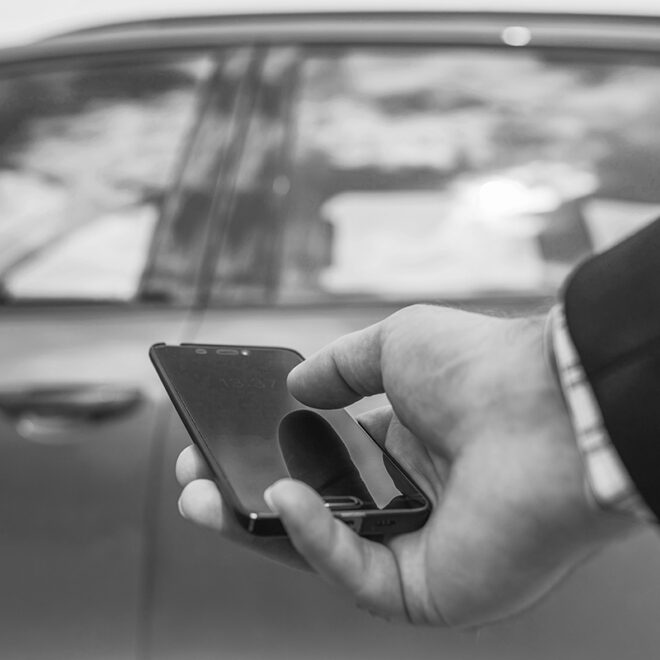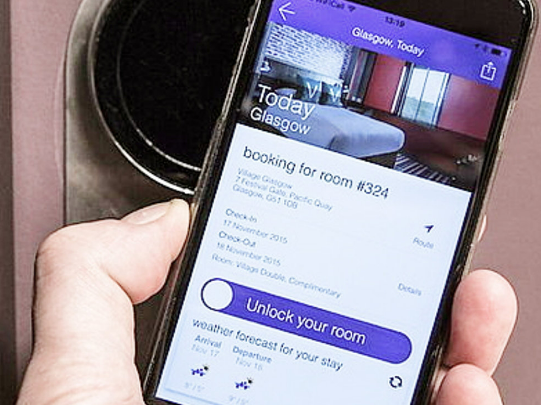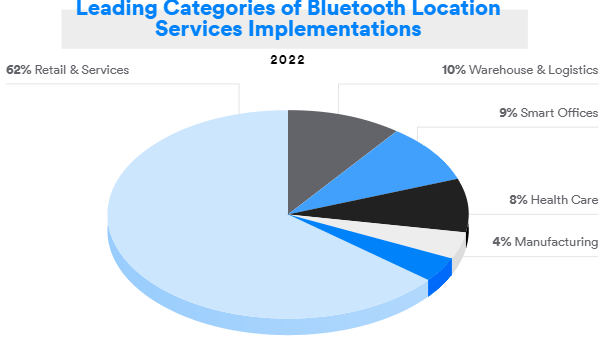Bluetooth® is the most successful wireless technology in history, with more than 40 billion cumulative device shipments. This is, in no small part, due to the relative simplicity of Bluetooth technology, which enables the most cost-effective deployments possible. And while Bluetooth has consistently been a leader in the audio space, it is now also widely used for non-communications purposes. In particular, it has been broadly deployed as a positioning technology for high-accuracy indoor location services.
High-Accuracy Indoor Location Services
Perhaps the best-known products in this space are personal item trackers, like those developed by Apple, Samsung, and Tile. Bluetooth® positioning technologies like Received Signal Strength Indication (RSSI), direction finding, and upcoming high-accuracy distance measurement enable microlocation of devices. But, more critically, consumer item tracking relies on Bluetooth technology’s unique worldwide multi-billion-unit smartphone ecosystem to detect the locations of lost assets.
This is just the tip of the iceberg in terms of Bluetooth® positioning systems. A variety of commercial and industrial systems have already been deployed, enabling services ranging from asset tracking and indoor navigation to keyless entry. This extends to extremely high-speed and high-accuracy systems: Bluetooth positioning is used for player tracking in several European professional hockey leagues and enables Phone as a Key (PaaK) across a range of Ford vehicles.
On-Demand Webinar
The Myths & Facts about Bluetooth® Technology as a Positioning Radio
Watch this detailed discussion into the challenges and opportunities in front of indoor location services systems and how to tap into their potential in manufacturing, logistics, retail, offices, and more.
Bluetooth Positioning Performance
As the long-time product manager for all of Broadcom’s indoor positioning technologies, the extent of Bluetooth® technology’s success has still exceeded my expectations. Yet, despite the scope of successful deployments, there remain a number of misconceptions about Bluetooth positioning performance. For example, Bluetooth positioning accuracy is perceived to be inferior to other technologies. However, the afore-mentioned athlete tracking and vehicle keyless entry products require high accuracy and low latency, so there is already existence proof in the market showing that Bluetooth technology can meet stringent requirements. Similarly, Bluetooth technology is viewed as insufficiently reliable and interference-tolerant to function in critical industrial and enterprise applications. But again, a large number of factory and hospital asset tracking deployments similarly provide existence proof of Bluetooth technology’s viability in those spaces.
At the other end of the spectrum, there is a tendency to downplay the clear advantages that Bluetooth® technology brings to location services applications. If we take the examples of vehicle keyless entry and personal asset trackers, both rely on the broad Bluetooth ecosystem to create successful products. For keyless entry, it was critical to have compatibility with every smartphone on the market, and only Bluetooth Low Energy, which has shipped in virtually every smartphone over the last decade, provided that level of ubiquity. In the same vein, item tracking relies on the sheer size of the Bluetooth ecosystem to maximize the opportunities for detecting tags regardless of their location. The inherent advantages of Bluetooth technology, in particular simplicity, low cost, and backwards compatibility, made it the only technology that location services developers could design around.
Watch The Myths & Facts about Bluetooth® Technology as a Positioning Radio, and get a deeper look into how Bluetooth technology meets the high-accuracy positioning performance needed by commercial and industrial environments.
![]()
ON-DEMAND WEBINAR
The Myths & Facts about Bluetooth® Technology as a Positioning Radio
Watch this detailed discussion into the challenges and opportunities in front of indoor location services systems and how to tap into their potential in manufacturing, logistics, retail, offices, and more.


